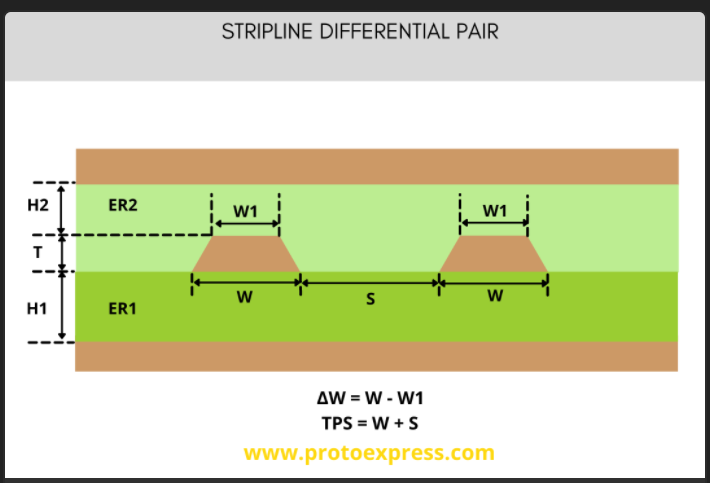Who doesn’t love an easy-to-use 2D field solver to calculate the single-ended or differential impedance of PCB transmission lines? Now there is a new one available, recently released by Sierra Circuits, a leading fab shop for advanced and quick turn PCBs. You can take it for a spin here.
In a uniform cross section transmission line, a propagating signal sees the same instantaneous impedance down the line. There is one value of instantaneous impedance that characterizes the transmission line, which we call the characteristic impedance. It depends only on the cross section of the transmission line and the material properties.
While there are a number of online calculators that calculate the characteristic impedance from the input geometry, they are all based on approximations. Near 50 ohms, many of these approximations are within a few percent accurate. But for extreme geometries and for many differential pair structures, these approximations can be off by more than 20%. And they do not include the impact from second order factors like etch back and solder mask.
A calculator based on a 2D field solver will solve Maxwell’s equations using the boundary conditions of the geometry and the material properties you give it to calculate the inductance and capacitance per length of the transmission line and from these, the characteristic impedance. Since the calculation is based on arbitrary geometries, it can include all the important second order geometry features such as adjacent ground or other traces, trace thickness, etch back, and soldermask. These tools are limited to the numerical accuracy of solving Maxwell’s equations, which generally are accurate to better than 1%. This is why a 2D field solver should be used as your design tool of choice.
While there are many 2D field solvers available, many are either bundled inside expensive tools, or have a user interface with a steep learning curve. Enter the new tool by Sierra Circuits. The free version allows calculation of simple single-ended and differential microstrip and stripline structures. These are pre-defined topologies, such as shown in Figure 1.

Figure 1. An example of the parameterized differential stripline.
The microstrip and stripline structures are available for free to any visitor after a brief registration. Many more structures are available for a monthly or annual subscription price.
One of the challenges when calculating the impedance of any transmission line is knowing what the dielectric constant of the laminate is on each layer. A very useful feature available in the free version of this tool is a database of materials, separated into prepreg and core materials with different total thickness which includes the impact of the glass to resin ratio. A snippet of the database is shown in Figure 2 for Megtron 6.

Figure 2. An example of the database of material properties available in the free online version of this tool.
This is very useful data that saves designers hours of their own legwork to dig up laminate vendors’ engineering datasheets. Here it is all in one place.
If you want to explore how the stackup of a differential pair influences the differential impedance or see the impact from coupling on the differential impedance, this is a simple to use, free tool you will likely want to bookmark.


